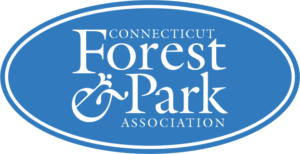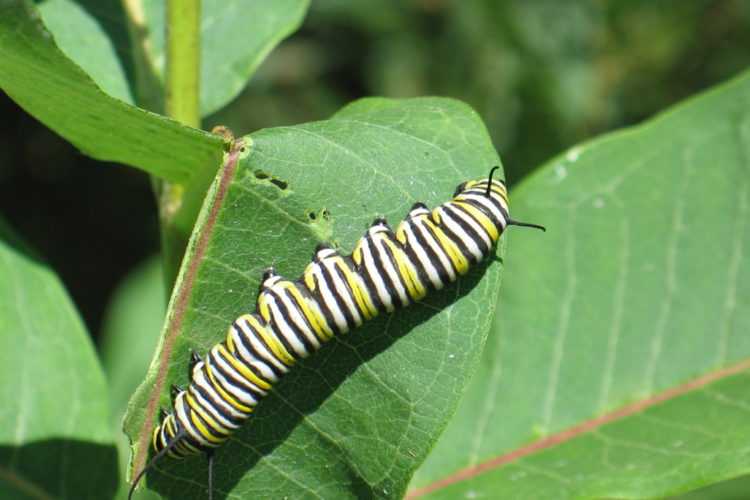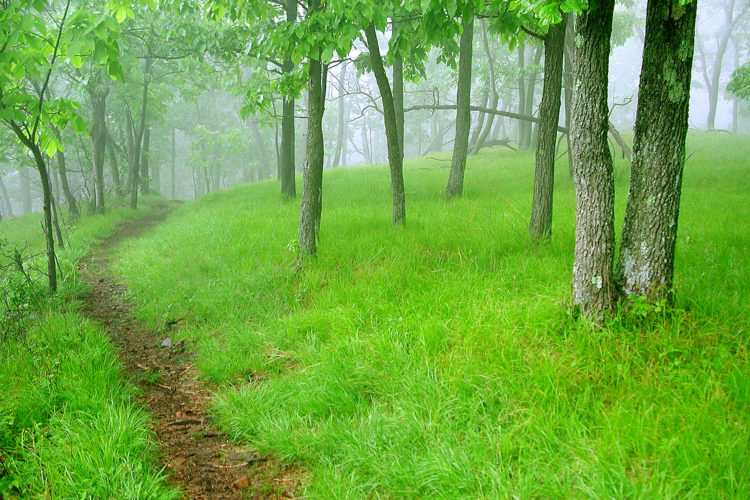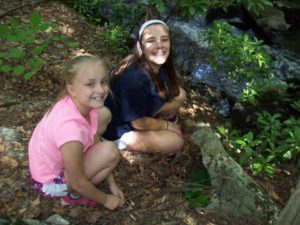We have much more to do and your continued support is needed now more than ever.
Affiliate of the Week: Connecticut Forest & Park Association

In honor of our 80th Anniversary celebration throughout 2016, the National Wildlife Federation is recognizing each of our Affiliate Partners in a special “Affiliate of the Week” blog series that showcases the dedicated conservation efforts taking place across the country each day. This week we celebrate our affiliate, Connecticut Forest & Park Association, and their commitment to wildlife.

Who We Are
Established in 1895, the Connecticut Forest & Park Association (CFPA) was the first conservation organization in Connecticut. CFPA has a mission dedicated to “connecting people to the land” in order to protect forests, parks, walking trails, and open spaces for future generations. CFPA has a staff of 11 supported by a board of 22 people.
What We Do
CFPA’s conservation work is centered on programs that embody the acronym ACRE (Advocacy, Conservation, Recreation, and Education):
Advocacy: CFPA works with legislative and community leaders at the municipal, state, and federal government levels to establish and protect strong conservation laws for Connecticut.
Conservation: CFPA is a land trust protecting over 2,000 acres of land through direct ownership and the holding of conservation easements. CFPA’s focus today is protecting working forests and corridors that provide important habitat for wildlife and recreation for communities. Over the past century, CFPA has been a leading player in the protection of Connecticut’s 109 state parks and 32 state forests and the wildlife that make their homes there.

Recreation: CFPA is best known for creating and maintaining the 825-mile Blue-Blazed Hiking Trail System which connects approximately two-thirds of Connecticut’s towns. CFPA also offers an interactive online map of the Blue-Blazed Hiking Trails that shows parking, trail notices, and driving directions to trailheads.
Education: CFPA publishes a quarterly magazine, Connecticut Woodlands, the Connecticut Walk Book (full of maps and descriptions of the Blue-Blazed Hiking Trails), and a guide to the Forest Trees of Connecticut. CFPA is the state’s co-leader of Project Learning Tree, which gives teachers tools for engaging students outdoors. CFPA is also broadening its education programs to “connect people to the land” with more public programs on forestry, wildlife, land conservation, and related outdoor topics.
Making a National Impact
As the organizer of National Trails Day™, a national program founded by the American Hiking Society, CFPA helps Connecticut lead the nation in the number of “CT Trails Day” events. Last year, thanks to CFPA, Connecticut hosted over 220 events during the first weekend in June, connecting citizens of all ages to the wonder of the great outdoors.
CFPA manages the Connecticut portion of the New England National Scenic Trail (NET) which is one of only 11 national scenic trails in the country. The NET is managed in partnership with the National Park Service and the Appalachian Mountain Club (who manages the Massachusetts portion of the NET).

The NET traverses undulating terrain with numerous climbs and descents from sea level to over 1,600 feet. It crosses traprock ridges, valleys, open waters, streams, and wetlands that together create habitats for a rich diversity of habitats and species. Because the NET is home to a concentration of state-listed or globally rare species, the trail system and its environs are considered by the National Park Service to be a “hotspot in the northeastern United States for rare and declining species.”

The trail is known for its suite of spring ephemeral flowers that light up the landscape in early spring, and there are several plants such as Torrey’s mountain mint, northern and southern wild comfrey, downy arrowwood, Virginia snakeroot, and the delicate purple hairgrass that are rarely seen in Connecticut, except on relatively undisturbed traprock ridges. Several types of butterflies are also found only on traprock ridges, including the falcate orange tip.
CFPA is also active with its Congressional delegation to support national conservation laws. They recently worked with Senator Richard Blumenthal to be the Senate lead sponsor for the Complete America’s Great Trails Act – a bill which would provide tax credits to private landowners who donate a trail easement to provide a permanent trail corridor for national scenic trails on their property.
Get Involved

Sign-up for CFPA’s E-Newsletter to engage in the many programs, events, and opportunities to weigh-in with legislators on state policy issues.
It’s not too late to participate in Connecticut Trails Day on the weekend of June 4-5. CFPA hopes to have more people participating than ever before. Check out the map and list of Trails Day events.
Connect with CFPA
Connect with the Connecticut Forest & Park Association to get their latest news and keep up with their conservation efforts through Facebook, Twitter, YouTube, or by visiting their website.






















